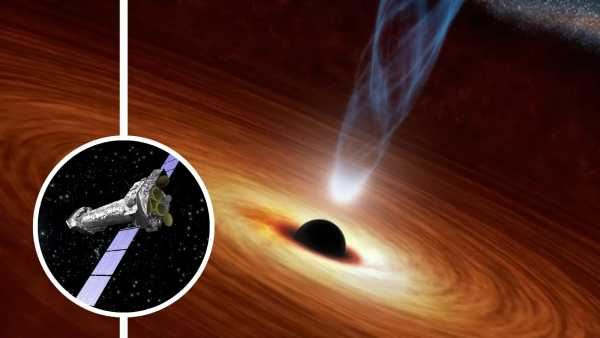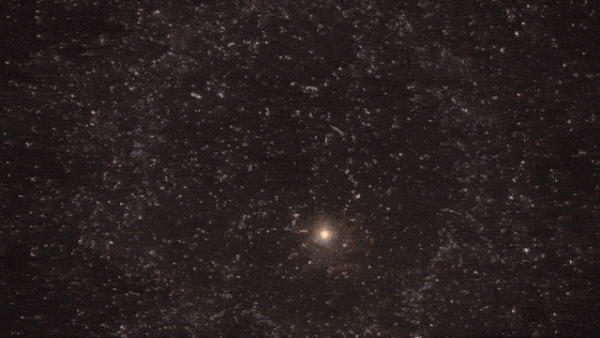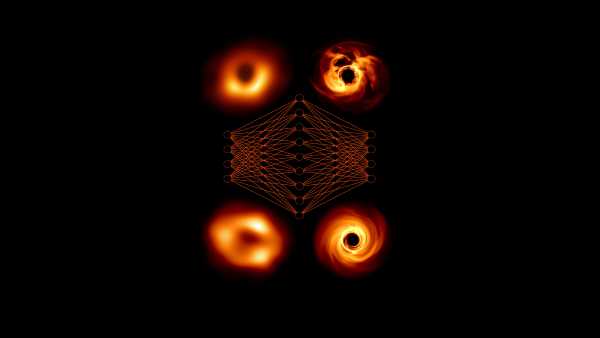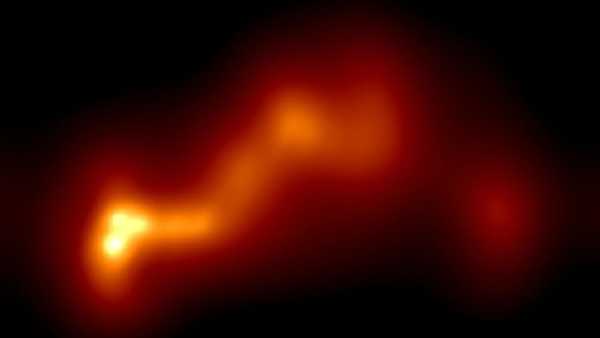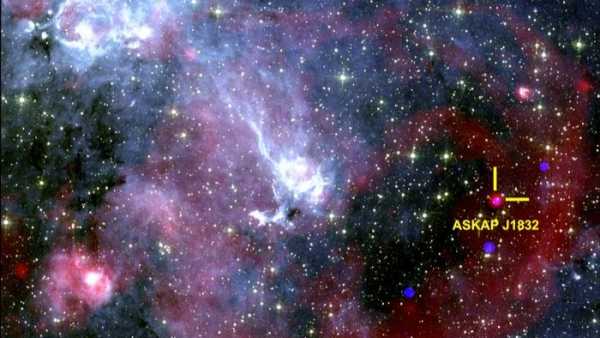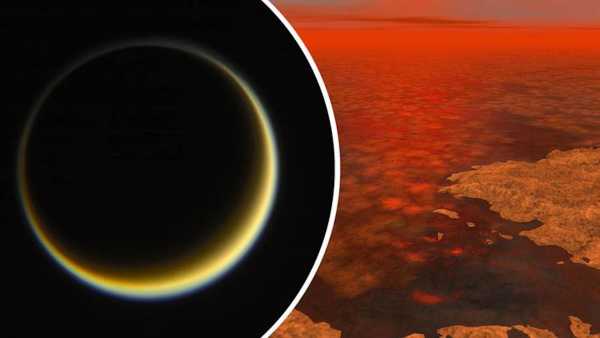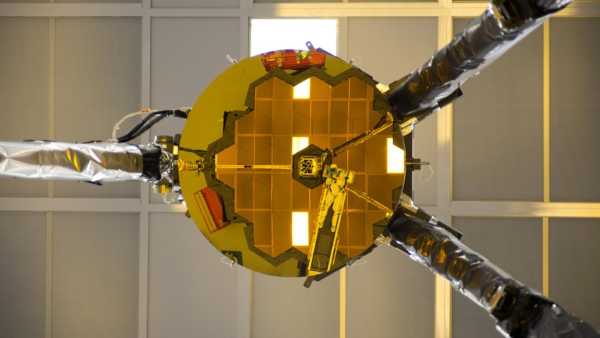
The incredible rhythms, dubbed the “heartbeat” of a black hole, are forcing astrophysicists to rethink the behavior of these cosmic giants.
IGR J17091-3624, a black hole located about 28,000 light-years from Earth, was observed by NASA's IXPE X-ray Polarimetry Probe. The object is nicknamed for its bright, rhythmic pulsations in brightness as it absorbs material from its companion star. The pulsations are caused by oscillations in the superheated plasma swirling around the object (the accretion disk) and in the inner region, the corona, which can reach extreme temperatures and generate intense X-rays.
IXPE measured the polarization — the orientation of X-rays from the black hole — to determine the coherence of its pulsations. The spacecraft found a surprising 9.1 percent polarization, significantly higher than predicted by theoretical models, NASA said.
You might be interested in
-
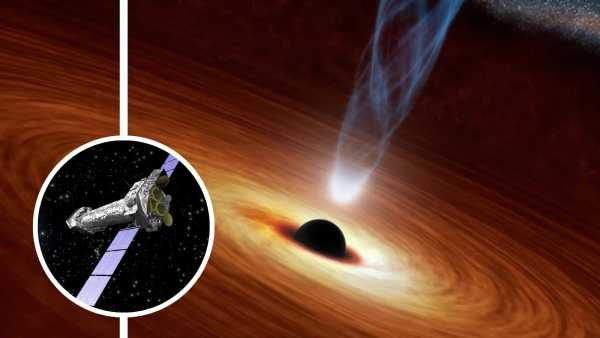
This supermassive black hole is eating too much too fast and is burping out at near-light speeds.
-
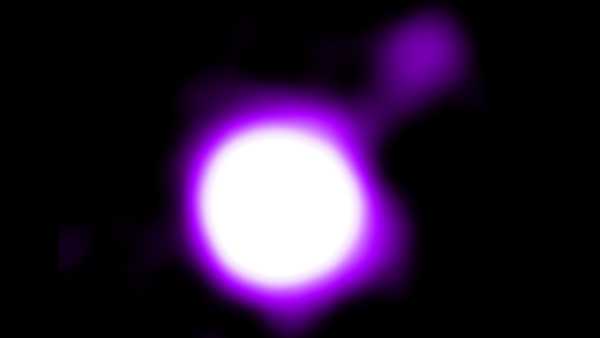
Giant jet of black hole from early universe bathes in Big Bang afterglow
-
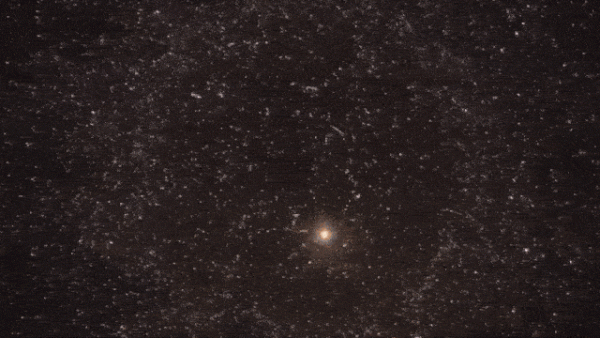
Watch the rarest type of black hole in the Universe swallow a star in a stunning animation.
Measuring the polarization level reveals features of the black hole's geometry and the movement of matter in its vicinity. Such high values usually mean that the corona is viewed almost edge-on, revealing its ordered structure. However, other observations of IGR J17091-3624 do not seem to agree with this interpretation, which puzzles the researchers.
Astrophysicists have tried two different hypotheses to interpret the recent data. The first proposes strong winds from the accretion disk that scatter the X-rays, increasing their polarization without the need for edge-on viewing. The second hypothesis suggests that the corona itself is expanding at a tremendous rate, causing relativistic effects that enhance the polarization. Simulations of both situations are consistent with the IXPE results, but each challenges established ideas about the environment around black holes.
RELATED STORIES
— A giant cosmic 'Eye of Sauron' captured in a stunning 15-year-old time-lapse image is pointing straight at us.
— The colossal black hole, with a mass 36 billion times greater than that of our Sun, is one of the largest ever observed in the Universe.
— Scientists are using Stephen Hawking's theory to propose “black hole chunks” — strange, compact objects that could reveal new physics.
“These winds are one of the key missing pieces to understand the growth of black holes of all types,” said Maxime Parra, a co-author of the study from Ehime University in Japan. “Astronomers can expect that future observations will yield even more striking data on the degree of polarization.”
The results of the study were published on May 27 in the journal Monthly Notices of the Royal Astronomical Society.
TOPICS
NASA
Samantha Mathewson, Space.com contributor
Read more
Latest news from the section “Black holes”
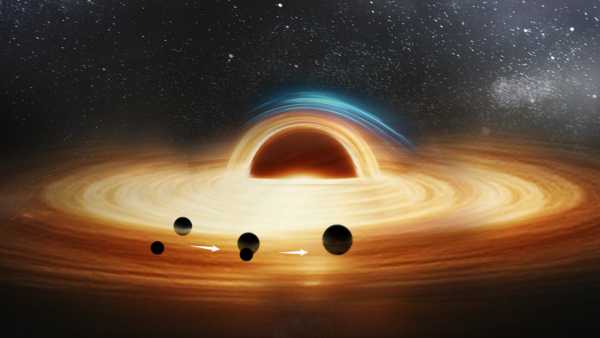
Scientists believe they have discovered the first known triple black hole system in the Universe and then watched it die.
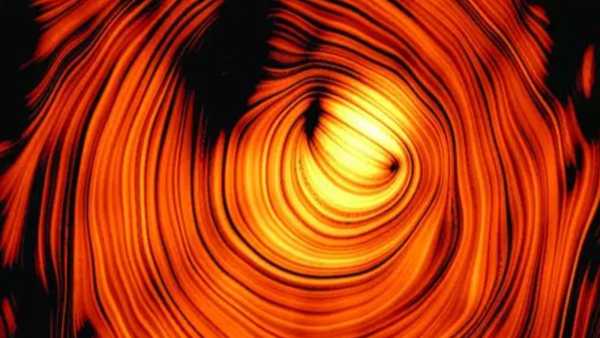
A giant cosmic 'Eye of Sauron' has been captured pointing straight at us in a stunning 15-year-old time-lapse image.
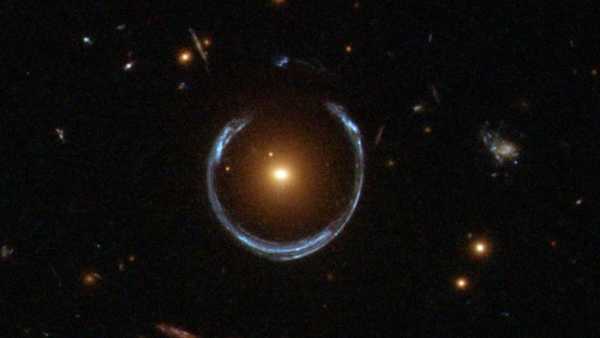
The colossal black hole, with a mass 36 billion times greater than our Sun, is one of the largest ever observed in the Universe.
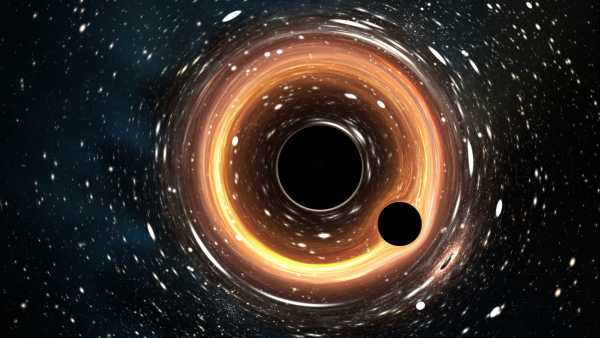
Scientists use Stephen Hawking's theory to propose 'black hole chunks' – strange compact objects that could reveal new physics
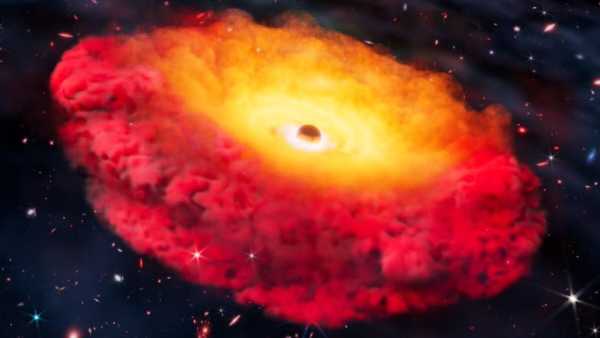
James Webb telescope finds earliest black hole in known universe, peering 'as far back into time as practical'
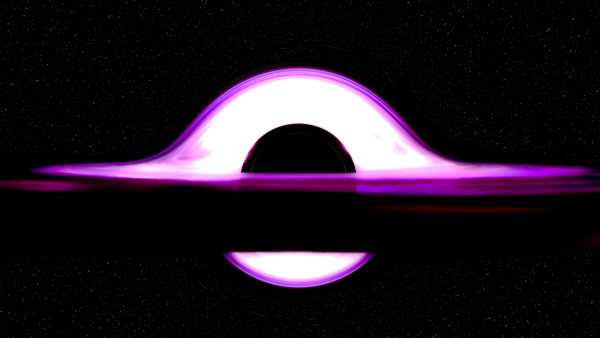
A paperclip-sized spacecraft could visit the nearest black hole in the next century, a study claims.
Latest news

Mysterious 300,000-year-old Greek cave skull was neither human nor Neanderthal, study finds
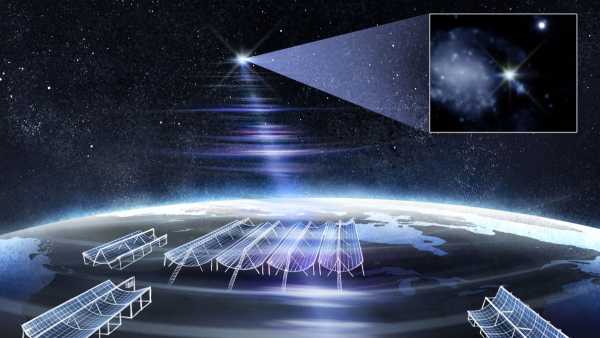
James Webb Telescope Captures Brightest FRB Ever Recorded

'We never had concrete evidence': Archaeologists discover Christian cross in Abu Dhabi, proving 1,400-year-old settlement was once a monastery

If 'pregnancy robots' were a reality, would you use them?

Surprising results show that toxic chemicals polluting groundwater are formed in the stratosphere.

There's No $14,000 Pregnancy Robot From China. But Is Such Technology Possible?
LATEST ARTICLES
-

1Scientists May Have Discovered a New Powerful Space Object: 'It Doesn't Fit into Any Known Category'
- 2Palace cat: one of the oldest representatives of the cat family in the world, which stands on its fluffy tail to keep warm
Sourse: www.livescience.com


